While new Wuhan coronavirus cases appeared to have slowed to the lowest pace since January, global spread is intensifying. In China, there were 327 new confirmed cases of the coronavirus on Thursday, as reported by the National Health Commission, bringing the total to 78824. Death toll rose 44 to 2788.
On the same day, number of cases in South Korea jumped by another 505 to 1766, with 13 deaths. Italy’s number of cases spiked by more than 50% in just 24 hours, hitting 650, with 17 deaths. Iran’s number rose to 245, with 26 deaths. An Iranian vice president is infected with six other officials. Iran’s former ambassador to the Vatican died of the coronavirus In Japan, total cases reached 210, with 4 deaths, prompted the government to close all schools for a month.
World Health Organization director-general Tedros Adhanom Ghebreyesus warned that “every country must be ready for its first case.” “We’re at a decisive point,” he said. “The epidemics in the Islamic Republic of Iran, Italy and the Republic of Korea demonstrate what this virus is capable of.” He also urged swift and aggressive actions and the preparations will be “the difference between one case and 100 cases in the coming days and weeks.”
Less than a month ago, when the outbreak was mostly confined within China, Tedros urged countries not to impose travel restrictions on people coming out of China. He called the global spread “minimal and slow” back then. over 420k people have signed a petition to call for resignation of Tedros for breaking political neutrality in his handling of the outbreak.




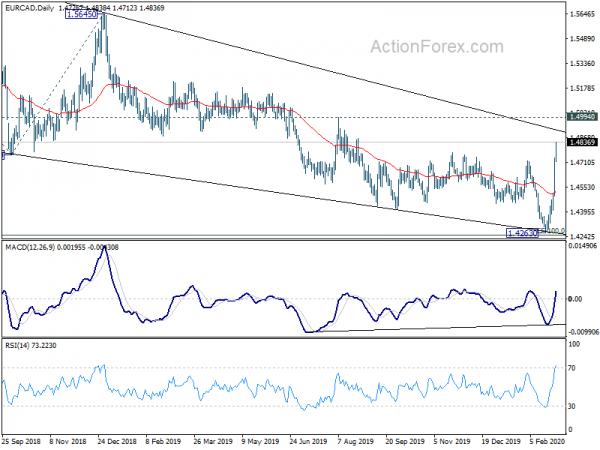
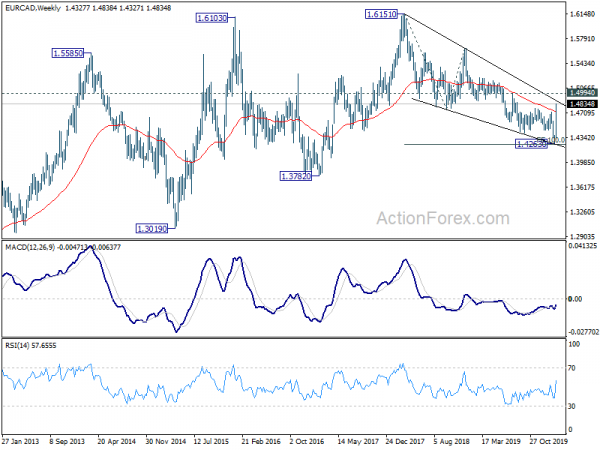
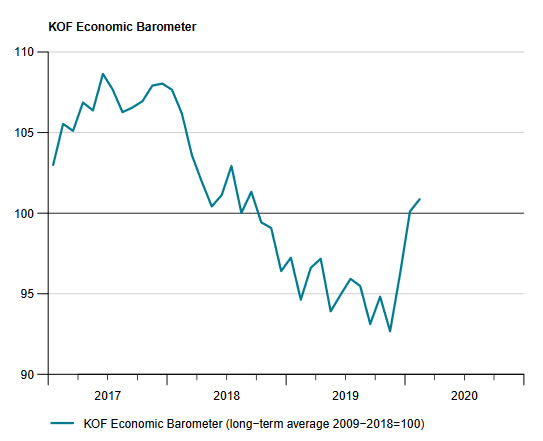
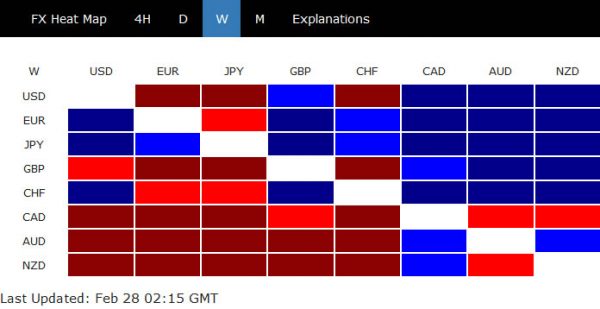
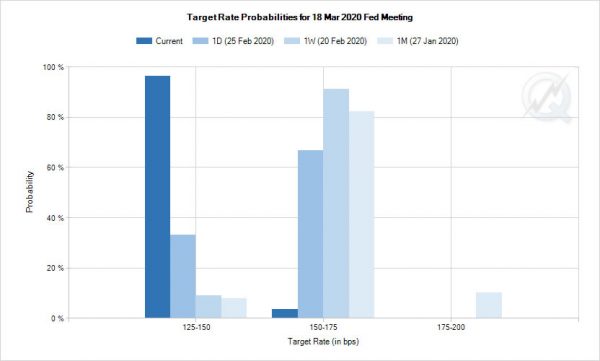
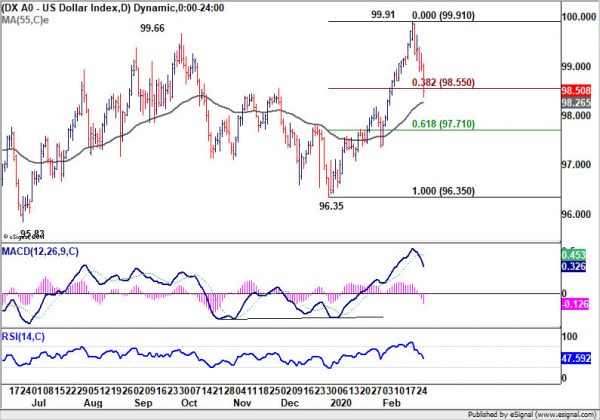
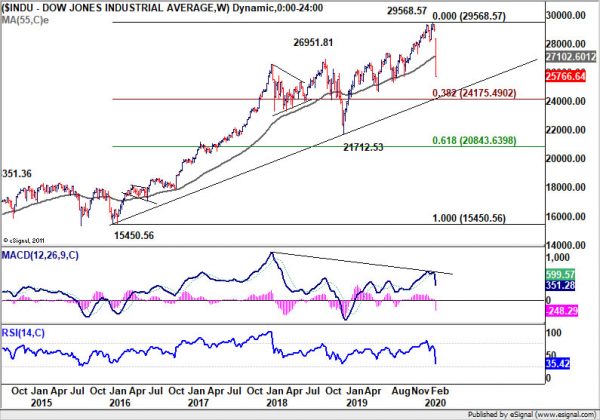
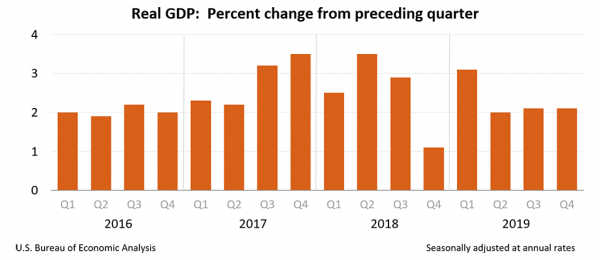
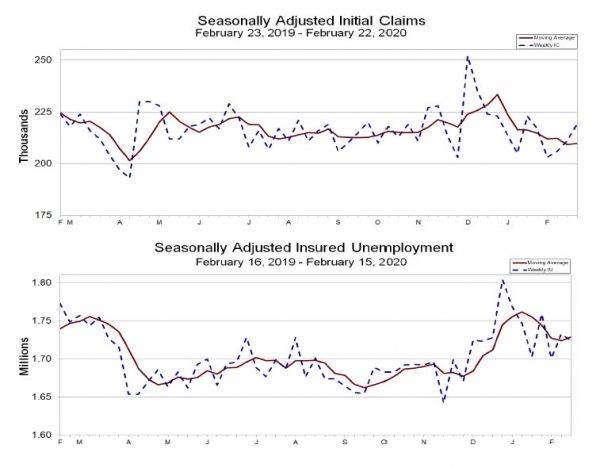
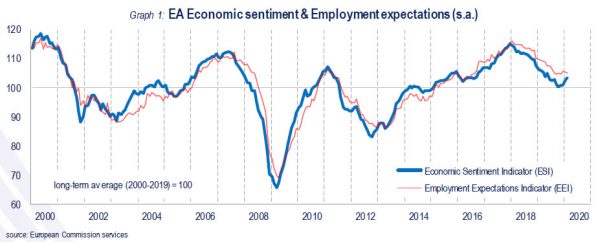
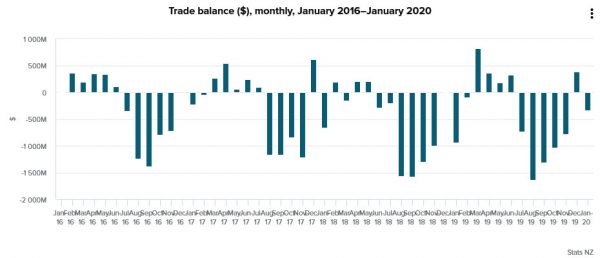
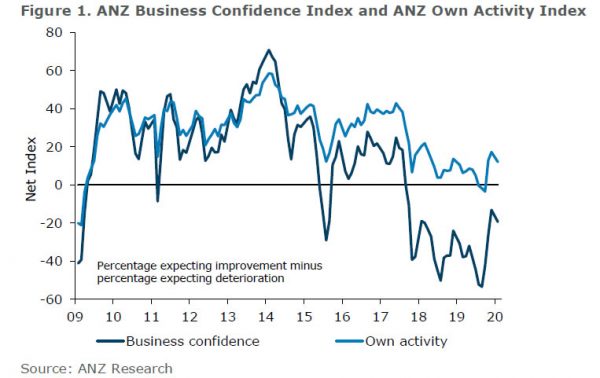

Bundesbank Weidmann questioned if rate cut would ease coronavirus demand shock
Bundesbank Head Jens Weidmann admitted Germany’s economy will certainly be weigh down by global coronavirus outbreak. The economy could miss the central bank’s forecast of 0.6% GDP growth this year. There are numerous trade-related risks to the export-led economy. “Based on the current information, I am expecting this risk to actually materialize to a degree,” he said.
But Weidmann also echoed ECB President Christine Lagarde’s comment that the spread of the coronavirus doesn’t warrant a monetary policy response yet. He questioned “whether you’re likely to go out to restaurants more often” if interest rates are lower.
ECB Governing Council member Vitas Vasiliauskas said the central has a “wait and see approach” regarding the development of the coronavirus. And, “there is no problem for the governing council to meet in some extraordinary way, not to wait until the next monetary policy meeting.”
Meanwhile, Eonia money market futures show that a -10bps rate cut by ECB at June’s meeting is fully priced in.